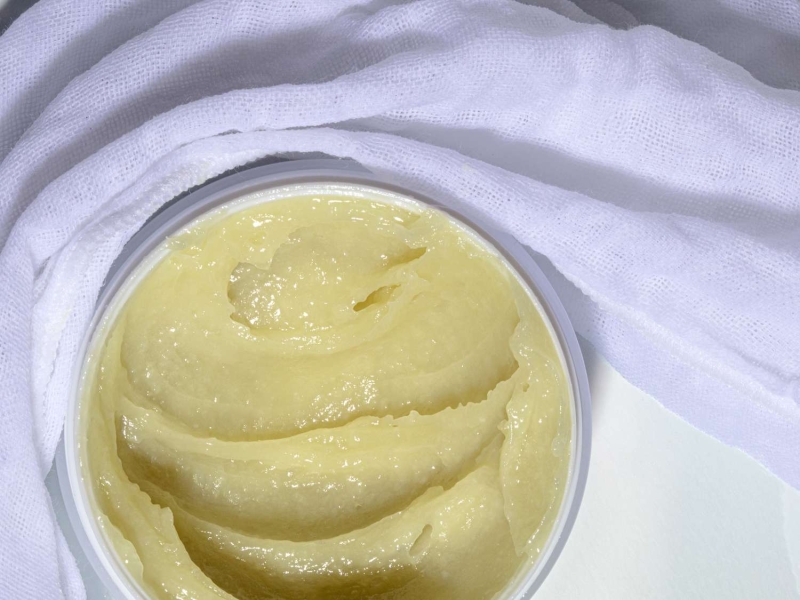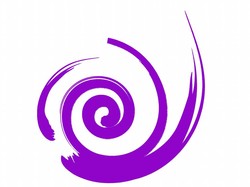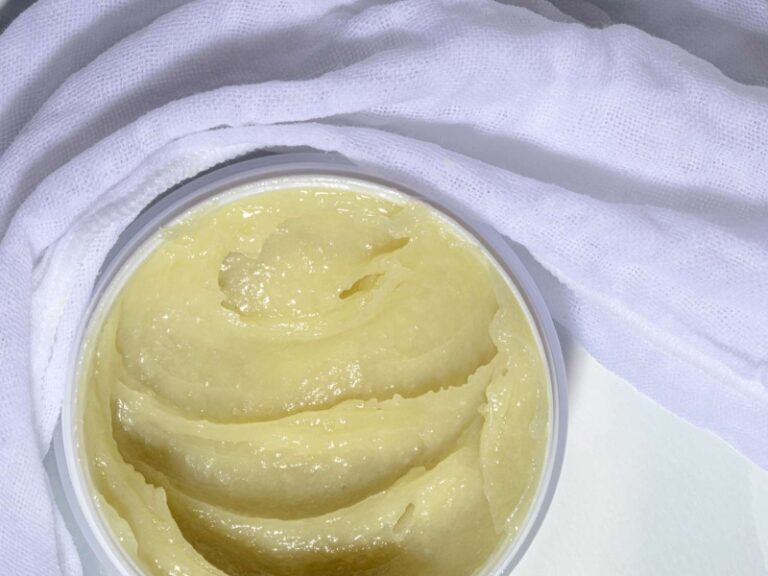
Taking Care of Your Skin After Common Mistakes to Avoid The Final Takeaway
We always say sunscreen is the most important part of your skincare routine. And we’re not lying; daily SPF is crucial. But when it comes to truly essential skincare steps, sunscreen has some pretty tough competition for the number one spot. After all, what good is protecting your skin if it isn’t clean? It might not be the sexiest step, but proper cleansing is an absolute must—and it becomes all the more important when makeup is involved.
While removing makeup may seem relatively straightforward, there’s a definitive right—and wrong—way to do it. And the wrong way can have some long-term implications. We went straight to the experts—board-certified dermatologists Margarita Lolis, MD, Teresa Song, MD, and makeup artist Daniel Martin—to learn how to remove makeup like an absolute pro. Read on for what they told us.
Why It's So Important You Take Off Your Makeup
“It is essential to have a nightly routine that includes thoroughly removing makeup to support overall skin health,” Lolis explains. “It allows for skin renewal and prevents clogged pores which lead to the formation of acne and blackheads.”
Clogged pores aren’t the only concern. Makeup can trap dirt, debris, and environmental pollutants on the skin. Over time, these can cause congestion, surface damage, premature aging, and dryness if not properly removed.
And, of course, makeup left on the skin prevents the absorption of your nighttime skincare products—which, in turn, renders them virtually ineffective. In short, if you're not properly and completely removing your makeup, there's little point in following through with the rest of your skincare routine.
Do Makeup Removing Wipes Actually Remove Makeup?
Whenever we talk about makeup removal, the question of makeup-removing wipes is bound to emerge. And while they can technically work in a pinch (something is better than nothing!), all three experts advise against using them. “They are not as effective in removing makeup, and wiping hard to remove makeup can irritate the skin,” explains Lolis. “Plus, fragrances and other hidden ingredients can sensitize your skin.”
Song points out that makeup-removing wipes often contain acids or alcohol, which can be abrasive on the skin barrier and dry the skin. In short, don’t waste your time or jeopardize your skin on makeup-removing wipes when micellar water is just as easy.
A Step-by-Step Guide to Removing Makeup
Wash Your Hands
Both Song and Lolis (and this writer!) are emphatic that you should wash your hands before removing your makeup—or touching your face at all, for that matter. This will help you avoid transferring dirt and bacteria to your face.
Remove Your Face Makeup
When it comes to actually removing your makeup, there are two expert-approved options: an oil-based cleanser (or cleansing balm) or micellar water. Both options are effective enough to remove makeup but gentle enough that they won’t strip the skin. While micellar water is often a better choice for those with acne-prone or sensitive skin, oil-based cleansers are better at removing heavy or full faces of makeup. Many people rotate between the two depending on their particular concerns that day.
For those using micellar water, saturate a cotton pad or reusable cloth with the product before gently wiping away makeup. Be sure to fully remove all makeup, paying close attention to areas like the hairline, eyelids, and jawline. There’s no need to rinse. Click here for some of our favorite micellar waters.
Meanwhile, Martin prefers an oil-based cleanser, like Tatcha’s Camellia One Cleansing Oil, or a gentle cleansing balm like the brand’s Indigo Cleansing Balm “because they fully dissolve the makeup, oils, and residue on your skin,” he explains. “Cleansing waters and makeup wipes can act as short-term fixes that don’t fully lift makeup out of your pores.” Check out our picks for cleansing balms here.
If you opt for an oil-based cleanser, apply a couple of pumps (or a scoop) to a dry face and gently massage the product all over the face and eyes. Take your time working the product in, ideally around a full minute. This will dissolve the makeup so that when you rinse, the water activates the oil emulsion and rinses makeup and dirt off the face.
Remove Your Eye and Lip Makeup
You may need a dedicated mini cleanse for stubborn eye and lip makeup. For waterproof mascara or liner, Martin suggests using some cleansing oil or micellar water on a cotton pad. Gently hold the saturated pad on the eyes for around 15 to 20 seconds and swipe away. (This works for long-wear lipstick and lip stains, too.) You can also opt for a dedicated eye makeup remover, which is especially great for long-wearing, waterproof formulas; you can find some of our faves here.
Cleanse
While some debate whether a double cleanse is truly necessary or not, there’s no question when it comes to makeup: The first cleanse (whether using an oil-based cleanser or simply swiping on some micellar water) acts to remove makeup, while the second actually cleanses the skin.
Once makeup is mostly removed (there will likely be a bit leftover on the skin no matter how diligent you are—which is all the more reason to double cleanse), follow up with a gentle, hydrating cleanser or a formula suited to your skin type and particular concerns. Gently massage the cleanser in circular motions for around 60 seconds before rinsing thoroughly with lukewarm water.
Taking Care of Your Skin After Makeup Removal
Once you’ve removed your makeup, it’s time to focus on rehydrating and treating your skin. Both Lolis and Martin suggest applying a hydrating essence or toner to immediately draw moisture into the skin and help prep it for any active ingredients you may use afterward. Follow with your regular skincare routine as you see fit, and always finish with a moisturizer.
Common Mistakes to Avoid
While removing makeup may seem pretty straightforward, there's a handful of common mistakes you'll want to avoid:
- Rubbing the skin aggressively: All three experts warn against rubbing and tugging the skin while removing makeup. Rubbing your skin harshly, especially around the eyes, can lead to irritation and premature wrinkles, Lolis explains.
- Using harsh products: Lolis says products that are too harsh or not suited for your skin type (think: makeup removers with alcohol, stripping cleansers, etc.) can cause irritation, dryness, and sensitivity.
- Not fully removing makeup: Residual makeup, especially in often-neglected areas like the hairline, eyelids, and around the jawline, can lead to clogged pores and acne.
- Skipping the double cleanse: According to Martin, a double cleanse is a must for removing a full face of makeup. For heavy or waterproof makeup, a double cleanse is all the more crucial.
- Using dirty or rough tools: Washcloths and makeup removing sponges can be too abrasive on the skin when used liberally, Song says. Meanwhile, dirty hands, cotton pads, towels, washcloths, sponges, and the like can reintroduce bacteria to the skin, causing inflammation and aggravation.
- Neglecting your eyes and lips: Lolis suggests diligently removing all traces of eye and lip makeup, as residue can lead to irritation or infections.
The Final Takeaway
Let's face it: A haphazard attempt at removing makeup just isn't going to cut it. Not only will it fail to actually remove all your makeup, but it also sets the stage for future skin issues, clogging pores and blocking any subsequently applied products from really penetrating the skin.
And we get it—when you stumble home at 1:48 a.m. after a long night out, the last thing you want to do is mess around with a ten-step skincare routine. And you don’t have to! If nothing else, try removing makeup with micellar water, cleansing with a gentle, simple cleanser, and slathering on a thick moisturizer before heading to bed. Pro tip: Leave your micellar water, cotton pads, cleanser, and moisturizer out on the bathroom counter before you leave for the night. They’ll be the first thing you see when you walk into the bathroom, and you won’t even have to think about it.

